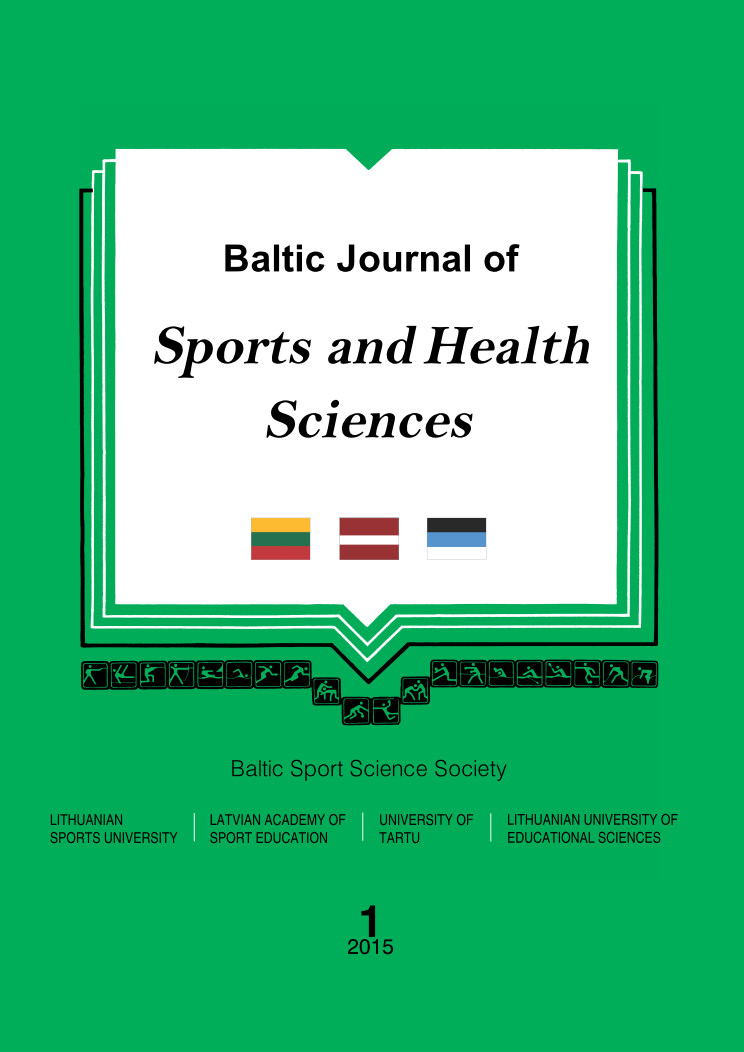Optimization Methods in Physical Education Lessons for Girls in the Second and the Third Grades
Abstract
Background. Theoretical analysis of research papers allowed us to establish that physical preparation of pu-
pils in elementary grades as an area of scientific and pedagogical knowledge was not investigated enough. Despite
great efforts to cover a lot of questions and undoubted theoretical and practical significance of educational research,
it should be noted that the problem of physical education for younger pupils using sports games in the lessons of
physical education remains open to theoretical understanding and experimental study. There is a lack of specific
studies that reveal the basic trends and ways to optimize the studied phenomenon. Worsening situation in the area
of physical training in junior classes and individual indicators of health status in the country encourages looking for
scientific solutions of the problem. Research aim was to define the most effective methods of physical education for
8–9-year-old girls, learners of the second and third grades, during physical education lessons including elements of
sports games in a comprehensive school.
Methods. Research participants were 64 girls from the second and the third grades. They were divided into 4
groups – 3 experimental groups and one control group. During the experiment, group E1 was allotted 75% of the
time of the lesson for training technical actions of sports, group E2 – 50% in E3 – 25%, for the development of physi-
cal skills – 25, 50 and 75% respectively. The effectiveness of the proposed program was estimated by the changes in
the indicators of physical development and general physical fitness.
Results and conclusions. Physical development of girls during the school year changed considerably. The most
clearly expressed change was noted in the results of the changes in the girls’ body weight, from 20.32 to 23.24% in
all groups. No significant differences between the experimental and control groups in terms of physical development
were identified. Indicators of general physical fitness for the whole period of the experiment significantly increased
in all the groups studied (p < .05–.001). They may be divided into two groups:
• The first group included indicators which were significantly higher in the experimental group E3, where
more time was devoted to physical training (running at 30 m, the hand strength) during the physical educa-
tion lessons;
• The second group included indicators which were significantly higher in the experimental group E1, where
more time was devoted to sports (long jump, making a shot, running 3 x 10 m) during physical education
lessons.
Thus, the lessons of physical education with elements of sports promoted more intensive development of
the overall fitness of girls aged 8–9 years compared to those who attended physical education lessons conducted
according to the general curriculum.
Keywords: girls in the second and the third grades, physical education class, physical development, physical ftness, sports and games.
Downloads
Published
Issue
Section
License
Copyright (c) 2018 Baltic Journal of Sport and Health Sciences

This work is licensed under a Creative Commons Attribution 4.0 International License.






